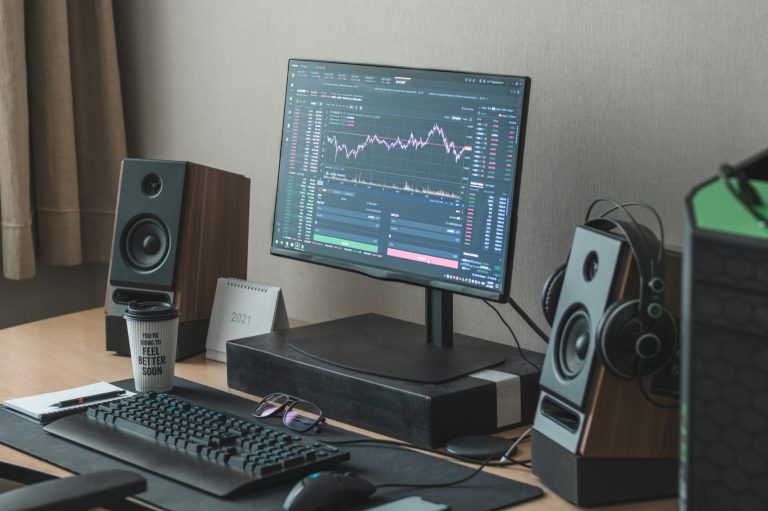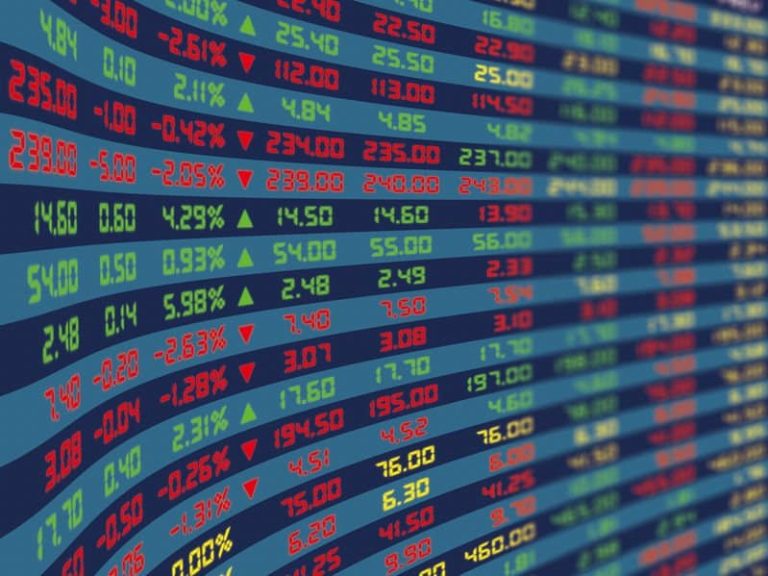Spirit Airlines (SAVE) stock has been one of the worst performers in Wall Street in the last few years. It has suffered a harsh reversal, falling in the last five consecutive months, and reaching its all-time low of $1.85.
The stock has tumbled by over 88% this year, and by almost 90% in the last 12 months. It has also fallen by 95% in the past five years, while the short interest has soared to almost 30%.
Spirit Airline’s bonds have also plummeted, with those maturing in 2025 having a 126% yield. Many investors expect the company to eventually file for bankruptcy protection, as the WSJ reported last week.
Business model issues
Spirit Airlines is one of the biggest players in the budget travel industry, which has thrived in the past few years.
This model enables it to provide its services for some of the lowest prices. It achieves that by cutting most of the services and perks offered by most legacy airlines like Delta, American, and United.
For example, it operates a fleet of Airbus planes, which helps it to reduce maintenance and pilot training costs. It also does not offer free meals in its flights. Instead, it sells most of the services that other companies offer for free.
The budget airline industry has thrived in the past decades, helped by the likes of Ryanair and Southwest Airlines.
Read more: Spirit Airlines to delay Airbus deliveries, furlough pilots
Recently, however, there have been signs that the industry is not doing well, as competition has increased and margins have narrowed. Southwest Airlines stock has dropped by almost 50% from its highest point in 2020. The decline has moderated now that Elliot Management has taken a stake in the company.
Ryanair has plunged by over 30% from its highest point this year, while EasyJet and Wizz Air have fallen by over 17% and 50% in the same period.
Spirit Airlines has also been affected by issues in Pratt & Whitney engines that have forced it to ground some of its planes. While it has received some compensation, the whole crisis has affected its revenues.
High debt and slow growth
Spirit Airlines stock has plummeted after the failed $3.6 billion acquisition bid by JetBlue, one of the largest firms in the industry.
JetBlue called off the buyout after regulators warned about the impact on competition in the United States.
The failed acquisition left behind a highly indebted company. The most recent financial results show that the company’s long-term debt rose to over $3.1 billion in the last quarter.
Its operating leases, less current maturities, rose to over $3.8 billion. Current maturities of operating rose to over $243 million.
Spirit Airlines’ working capital, which is calculated by subtracting current liabilities from current assets was minus $85,883,000, meaning that the company needs cash urgently.
Most importantly, the company faces substantial maturities in the coming years. Most of these maturities will come in 2025, when the company will need to pay $1.26 billion in its long-term debt. This will be followed by $674 million in 2026 and $154 million in the following year.
The most recent financial results showed that Spirit’s business continued deteriorating in the last quarter.
Its revenue dropped to $1.28 billion in the second quarter from $1.43 billion in the same period last year. This performance happened even as other airlines reported strong summer business. The CEO said:
“Summer demand remains robust, and load factors have been strong; however, significant industry capacity increases together with ancillary pricing changes in the competitive environment have made it difficult to increase yields, resulting in disappointing revenue results for the second quarter of 2024.”
Spirit’s losses escalated, soaring to over $192 million, a big increase from the $2.3 million it lost in the same period last year. Its total annual losses in the last four financial years stood at over $1.9 billion.
Spirit Airlines stock analysis
The weekly chart shows that the SAVE share price continued plummeting, as I predicted in my last article.
It has now moved to a record low as investors brace for a potential bankruptcy. As a result, it has remained below the 50-week and 25-week Exponential Moving Averages (EMA), meaning that bears are in control.
The Relative Strength Index (RSI) has remained below the oversold level, while the MACD has formed a bullish divergence pattern.
Therefore, the stock will likely continue falling in the coming weeks as traders wait for the next strategic alternatives by the management. If this happens, it will likely drop to below $1 soon.
It is worth noting that some stocks tend to rise sharply before and after filing for bankruptcy protection. These gains, as we saw with Bed Bath & Beyond and Lordstown Motors tend to be brief.
The post Spirit Airlines stock has imploded: can SAVE be saved? appeared first on Invezz










